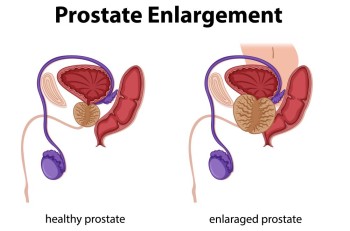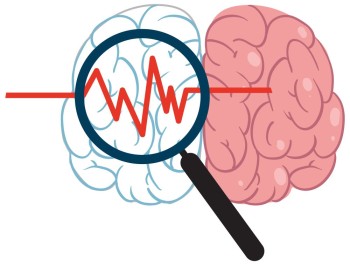
₹6,400
₹8,000
An MRI scan of the brain with the cerebellopontine (CP) angle protocol is a specialized imaging study focused on visualizing structures in the cerebellopontine angle, an area located near the brainstem and cerebellum.
Category:
MRI Scan



